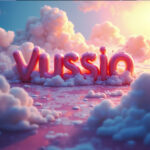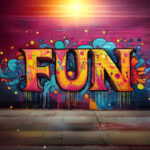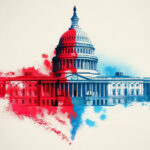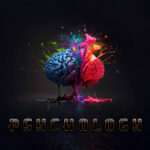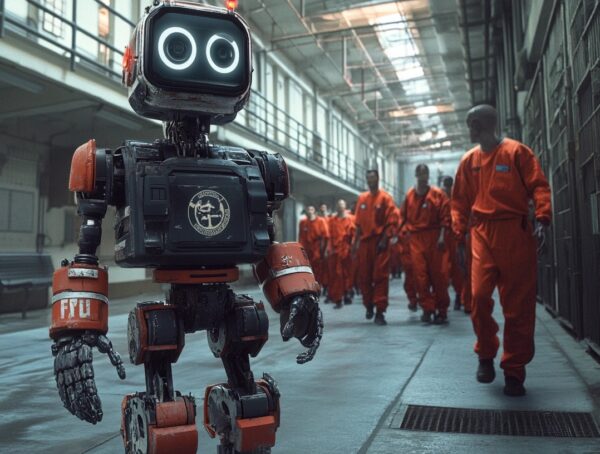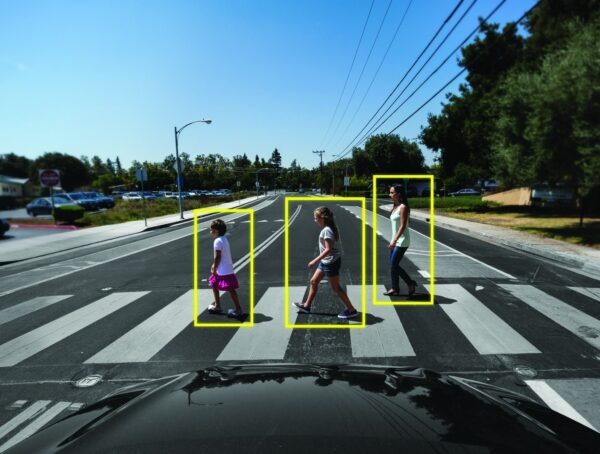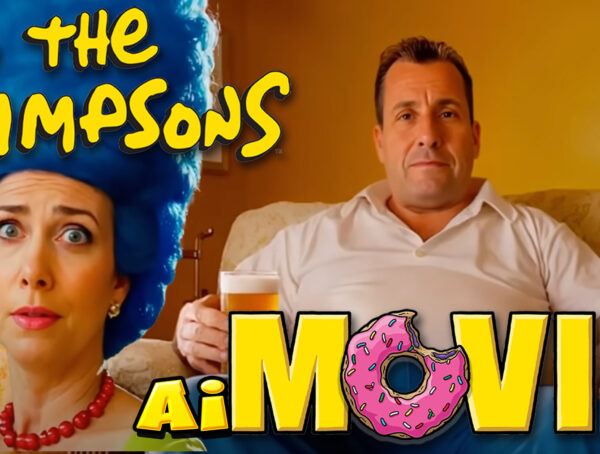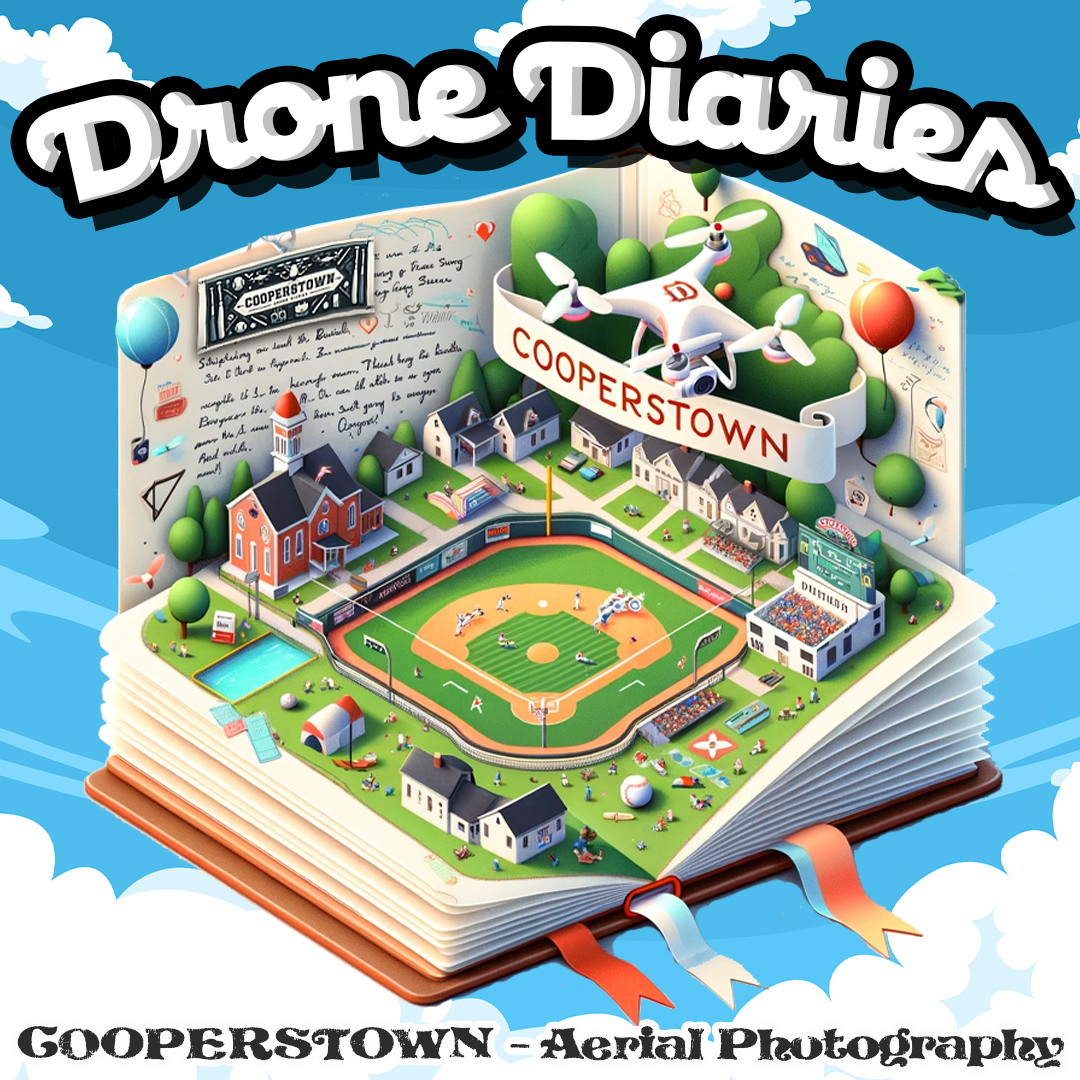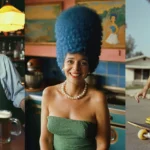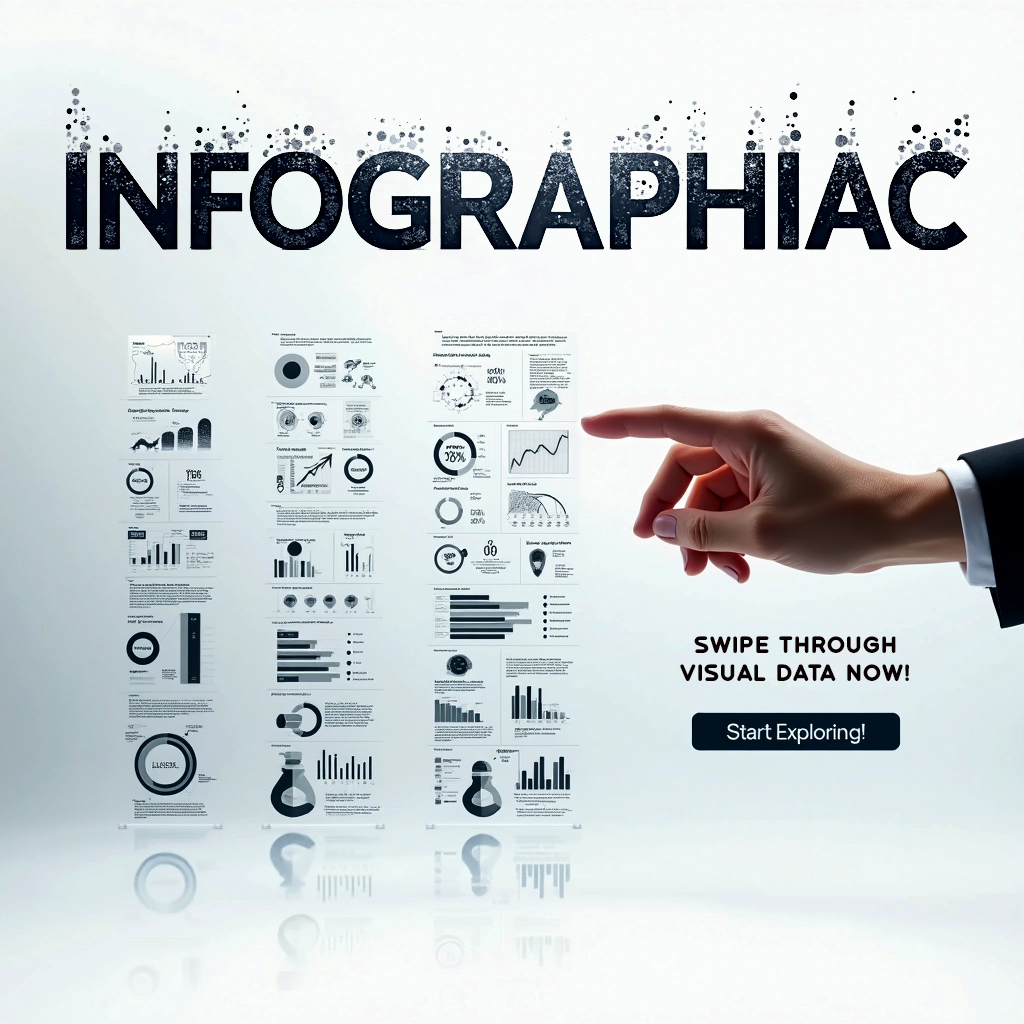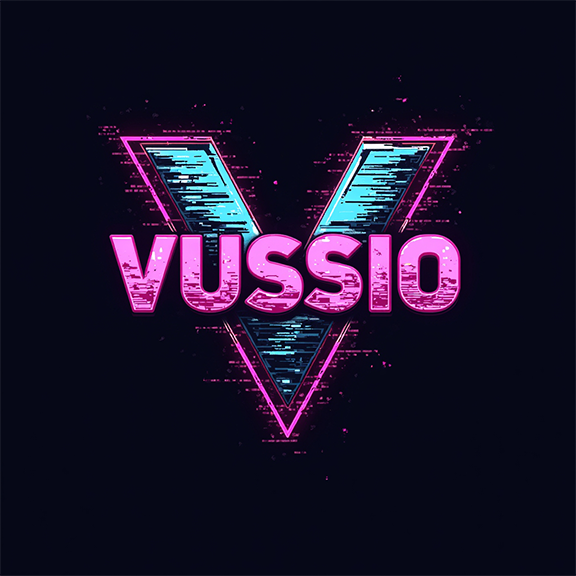
Once upon a time, art was the way humans flexed, a way to show off our emotions, imagination, and skill. But now, artificial intelligence is pushing into humanity’s art territory, turning out a stunning array of works that could give even the great masters a run for their money. Some are nearly photographic in their lifelikeness, while others embrace an avant-garde chaos that makes it nearly impossible to tell what’s what. This quiz you to do what even the most seasoned gallery-goers have trouble with: telling each piece’s maker. And trust us, it’s not as easy as it looks.
TAP THE ℹ️ ICON IN THE TOP-LEFT CORNER OF THE QUIZ BOX TO UNCOVER USEFUL HINTS!
If you couldn’t tell a human masterpiece from a robot’s doodle, don’t worry you’re in good company. Most of us are already in one way or another losing to technology. But you can up your game reading the 16 tips below on how to spot if AI created it.
AI often generates images with an extraordinarily high level of balance and symmetry in a surreal manner. Although these can be visually appealing, they seem too perfect to be real. When we photograph or art-make in the real world, we often rely on a kind of calculated randomness and asymmetry to make our scenes feel believable. A scene with an utterly even, utterly aligned landscape and clouds that are worryingly well-spaced might arouse suspicion. And yet, this is exactly the sort of scene AI might generate as its idea of "normal." The surfaces we encounter in the real world are almost never perfect. We're surrounded daily by imperfect skins, porous walls, and worn fabrics, all of which indicate a lovely sort of "character" that we don't really pay much mind. That is, unless we're awkwardly rendered conscious of their presence. But I'm being too nice, too "character"-enthusiastically defensive, I suppose, in describing the sorts of surfaces AI might work with. Is what we have to work with even all that "real" or legitimate if it is so smooth and features so little "character"? Could we not call the AI's figures "imperfectly perfect"? The colors of human skin in images made by AI might seem very uniform or exhibit strange hues, like an unnatural pink or a pinkish-gray tint. Similarly, the overall color scheme might seem "off," with excessively vibrant or overly muted colors that lack the natural complexity of light and materials. One of the trickiest aspects of creating a convincing still image is making it appear lit correctly. In AI-generated images, light sources and shadows often do not obey the laws of real-world physics. For one, the subject might be lit but the subject’s shadow might not be in the same physical direction that it would have been, had it been a real scene. For another, shadows might appear too faint or too sharp and, in some cases, might not be there when they ought to be, for instance, underneath a table or along the edges of a volume that's not flat. This same-things-are-different quality is the single biggest indicator that the image was generated rather than photographed. The places where things intersect with their backgrounds reveal much about an AI's weaknesses. If you want to examine an AI's quality, look at the edges it produces. An ideal edge would have the same appearance as the boundaries of objects in the real world. In practice, a gradient (a transition between two or more states) is the ideal thing to look for because most real-world boundaries aren't distinguishable until you apply a microscope or some other optical device to them. Light, texture, and perspective smooth things out. Sometimes, AI struggles with intricate details, such as hair strands, fabric textures, or elaborate patterns. When it comes to rendering fine detail, AI can seem somewhat elementary. The disparities in AI's understanding of the types of materials we're discussing can lead to some pretty unfortunate outcomes—especially because clothing and hair are two things that very many people interact with on a daily basis. Text and numbers often pose problems for images produced by AI. If they are present in an image, signs, books, or other textual elements may include nonsensical messages, misshapen letters, or bizarrely inconsistent fonts. That is because the AI was not programmed to ensure that the images it generates contain properly formed written language and instead is trained to optimize the appearance of the image as a whole. While symmetry often pleases the human eye, AI has a tendency to exert it to an unnatural degree. Be it a face, an object, or even a landscape, that which artificial intelligence generates seems too perfectly balanced. This overexertion makes everything look artificial. In real life, images are almost always very slightly asymmetrical, the result of imperfect human technique or nature's not-so-perfect creative hand. At times, images produced by artificial intelligence contain aspects that ignore physics. For instance, in the pictures, objects might defy gravity and float or hover and seem to hang. A key quality in determining the believability or reality of an image is the way light interacts with the surfaces it touches. AI not only imagines the objects but also, in some cases, can imagine them in ways that are inconsistent with the laws of nature. And that, in a nutshell, is the problem with the current state of AI image generation: AI can't render phenomena it doesn't understand, and light is the key. AI struggles with anatomical accuracy, particularly when it comes to producing elaborate groupings of shapes like faces and hands. An AI-generated image’s most likely giveaway is distorted anatomy—human or otherwise. A common orientation for such a giveaway is the lopsided, misshapen, or just plain weird faces—especially those humanoid targets that the AI is most likely to have encountered in its training data. But hands are another favored target for distortion; when basing a face on just imperfect averages, the AI is also pretty good at generating the kinds of pictures that humanoid robots in horror films might use for disguise. When seen up close, pictures created by artificial intelligence might show small but important signs of their true nature—for instance, smudged pixels, over-smoothing, or funny blending of light and shadow that identify them as the work of a not-too-discerning author. These flaws turn up most often in tricky regions like edges, hair, and other sorts of textures. Humans have a natural—or learned—ability to handle these details, but for AI, which doesn't really "see," maintaining consistency at the kind of granular level that makes for a good illusion is a pretty tall order. Indeed, it's much more likely to come up with the kinds of slight inconsistencies that would make any human author blush. Reflections are hard for AI to render accurately. A mirror might not show what is really there, and a body of water might reflect images that are anything but true to life. Take, for example, a body in front of a mirror. If the person and the mirror don't share the same light, the optical path from the person to the mirror will show whatever half of the person that the user in front of the scene sees. And if, say, the arm that's not in the optical path has a real enough counterpart in the reflection, then the sheet of water should show a faithful enough rendition of whatever the mirror might reflect. If not, and if the AI is only "seeing" what's on its side of the optical path, then whatever it is rendering on the other side is going to look pretty bad. An image created by an AI can mix different styles and techniques to achieve an effect that does not look smooth. Take, for instance, a potential combination. Picture a hyper-realistic animal. Now, set that animal next to a background that looks like it was painted by a master of mocking art—or by someone with no real understanding of perspective. What artistic vision combined those two elements? Often, images made by humans have an emotional or narrative aspect to them. When AI makes an image, it might not hit that mark and be nothing more than visual pasta. It's hard to really get a feel for AI-generated visuals. Take, for example, an AI picture of a person with a big smile. That's a "face" that lacks depth and has more or less a cookie-cutter quality to it. Even an animal would seem to emote better. Seamless integration is a tough test for artificial intelligence. AI must not only determine what elements should be located where but also ensure that the final product makes sense visually—particularly when it comes to combining elements from divergent settings or situations. Otherwise, blending isn't really blending; it's just a more sophisticated version of cutting and pasting. At present, AI doesn't seem to be much better at this than it was a few years ago, and the results can look somewhat unnatural—think, for instance, of a Marge Simpson hairstyle. AI-generated backgrounds frequently contain repeating patterns that appear unnatural. Consider, for example, an AI-generated image of a forest. The trees depicted within the scene might all be the same. Or think about an AI-generated cityscape. The windows in such a scene might display a truly scary uniformity of design. In the natural world, even things we consider to be uniform (like bricks or roof tiles) contain all sorts of variation, thanks to Mother Nature, some artistic license, or just plain randomness. Whatever the cause, these variations are essential to the back story of the real objects that make up our lives—and they give the world we inhabit the appearance of being real.1. Too-Perfect Composition
2. Overly Smooth Textures
3. Unusual Skin Tones or Color Grading
4. Inconsistent Lighting or Shadows
5. Unnatural Transitions
6. Difficulty with Small Details
7. Garbled Text or Numbers
8. Overemphasized Symmetry
9. Physical Impossibilities
10. Odd Human Features
11. Subtle Artifacts and Distortions
12. Irregular Reflections
13. Style Mismatches
14. Lack of Emotional Depth or Storytelling
15. Unrealistic Element Blending
16. Repetitive Patterns in Backgrounds
Whether you aced this quiz or were thoroughly defeated by a glorified calculator, one thing is for sure: the robots are closing in. If AI can master the visual arts, what lies ahead? Can it excel at poetry? Music? Recall a personal life in a tell-all narrative? Well, it already can. The question is whether you can spot it. As AI continues to evolve, it’s not just about replicating human creativity; it’s about transcending it in ways we never thought possible. Imagine stories swirling around in the minds of cartoon characters brought to life, each with their unique voices and perspectives, crafted entirely by an algorithm. These innovations challenge our understanding of artistry and authenticity, pushing us to rethink what it means to create in a world where technology blurs the lines between human and machine. As we navigate this intriguing landscape of machine creativity, we must confront the implications of AI in our daily lives. Just as we grapple with selfdriving car ethics dilemmas, the challenges of distinguishing human expressions from artificial creations raise critical questions about authenticity and value. The blending of human and machine-made art will not only redefine creativity but also force us to reconsider the very essence of what it means to be human.
If your interested, you can read a summary of the heated ethics debate on whether an artist should be fully accredited for their image, whjeter its ai or not
More from A.I.
AI’s Prison Takeover: Are We Creating a Orwellian Dystopia?
The modern world is almost fully integrated with artificial intelligence, and prisons are starting to benefit from AI innovations too. …
Would a Self-Driving Car Kill You to Save Three Strangers? The Terrifying Truth
Picture this: you go to cross the street, walking about 10 feet behind a group of 3 friends. A self-driving …
The Real-Life Simpsons: A Bold Reimagining Hits Theaters in 2025
https://www.youtube.com/watch?v=GUWxoP1pmis The upcoming 2025 release of The Real-Life Simpsons may be the most absurdly ambitious gamble Hollywood has taken to date. …





